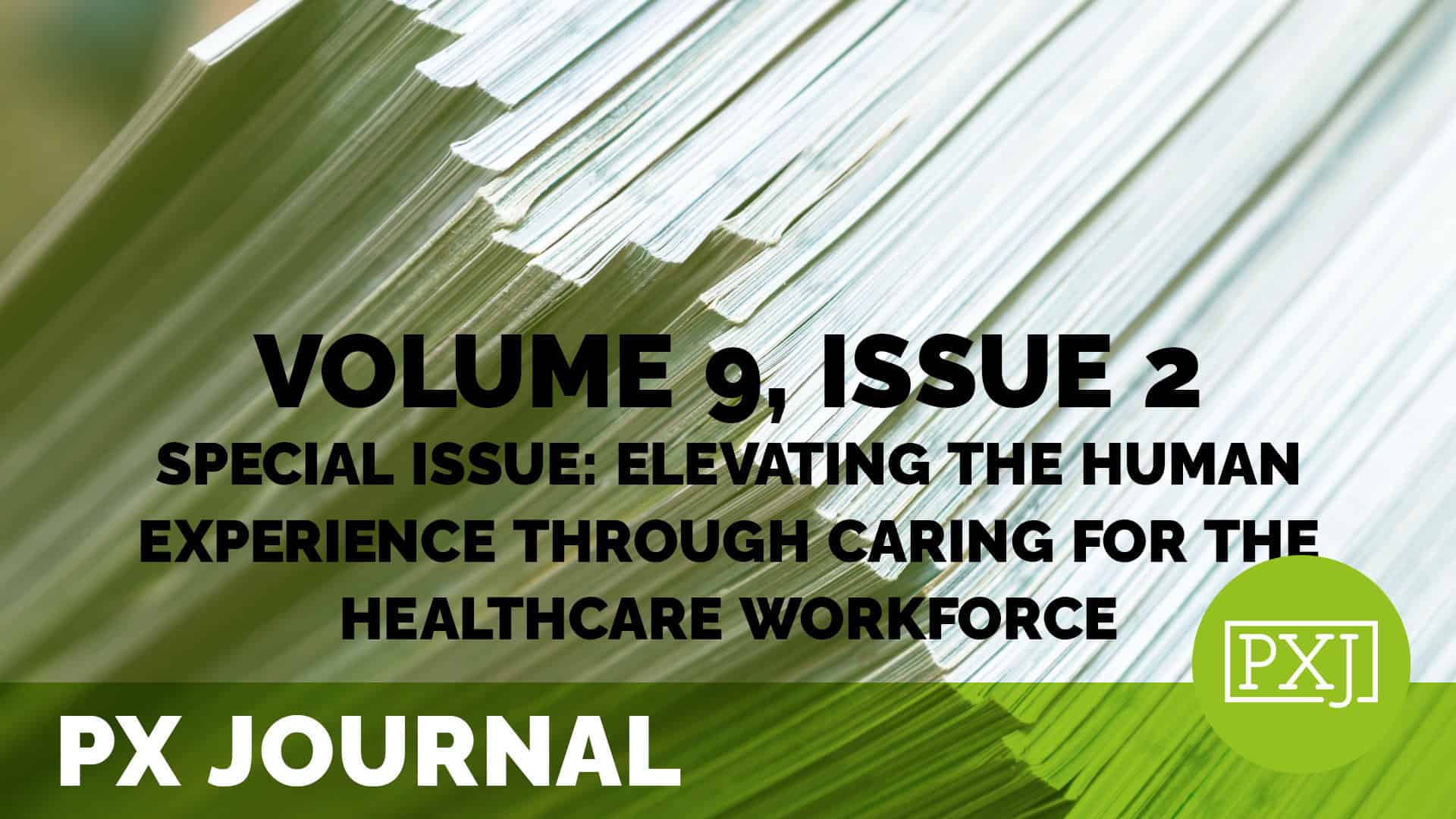Patient and provider experiences with virtual care during the COVID-19 pandemic: A mixed methods study

The COVID-19 pandemic prompted the rapid uptake of Virtual Care (VC). Positive patient outcomes with VC are previously reported but little is known about the experiences of patients and providers using VC during the pandemic. We aimed to describe patient and primary care provider experiences, satisfaction, perceptions, and attitudes to VC during the COVID-19 pandemic that might explain adoption of VC across the continuum of care and inform sustained uptake. We conducted a sequential explanatory mixed methods study using online surveys and virtual interviews with a convenience sample of primary care providers and patients in a Canadian province (July – December 2020). Eligible participants included patients and primary care providers using VC during the COVID-19 pandemic. Survey responses and interviews were analyzed using descriptive statistics and thematic analysis, respectively. Overall satisfaction was compared using the Mann-Whitney U test. Eighty-five patients and 94 primary care providers responded to the surveys. Patients reported higher overall satisfaction with VC than primary care providers (median [interquartile range]: 4.4 [4.0-4.7] and 3.7 [3.4-3.9] p < 0.001). Ten patients and 11 primary care providers were interviewed. Both groups strongly appreciated VC’s increased access and convenience, identified the lack of compensation as a pre-pandemic barrier to providing VC, and reported willingness to continue VC post-COVID-19 pandemic. The COVID-19 pandemic provided an opportunity for patients and primary care providers to rapidly adopt VC with high satisfaction. Patients and primary care providers viewed VC positively due to its convenience and accessibility; both intend to continue using VC post-pandemic.
Related content
-
 Culture & Leadership | Patient Family & Community Engagement | Staff & Provider Engagement
Culture & Leadership | Patient Family & Community Engagement | Staff & Provider EngagementA System-Wide Transformation in Human Experience at NSW Health
Global Headliner Webinar Series (Complimentary) – Join us as we reflect, reconnect, and recommit to elevating the human experience—not as an initiative, but as a way of being. Tuesday, August 19, 2025 10:00 PM EDT – Eastern Daylight Time (New York) Wednesday, August 20, 2025 12:00 PM AEST – Australian Eastern Standard Time (Sydney, Melbourne,
Learn more -
 Staff & Provider Engagement
Staff & Provider EngagementPhysician Engagement in Patient Experience
By: Triwanna Fisher-Wikoff, MD, FAAFP Last year, I attended a conference on patient experience. I found myself in a room filled with thought leaders from around the country, all dedicated to enhancing the human experience in healthcare. It was a bit daunting, being one of only two physicians in the room, but I was there
Learn more -
 Culture & Leadership | Quality & Clinical Excellence | Staff & Provider Engagement
Culture & Leadership | Quality & Clinical Excellence | Staff & Provider EngagementRemediation Strategies to Reduce Shame and Stratify Support for Providers in Patient Experience
This webinar will review evidence regarding remediation of communication skills in healthcare providers, shame in healthcare, and how the two intersect. The experience at our institution includes two pilot programs designed for providers and entire clinics with suboptimal patient experience scores. We will present stepwise strategies, lessons learned, and qualitative and quantitative data that are
Learn more
